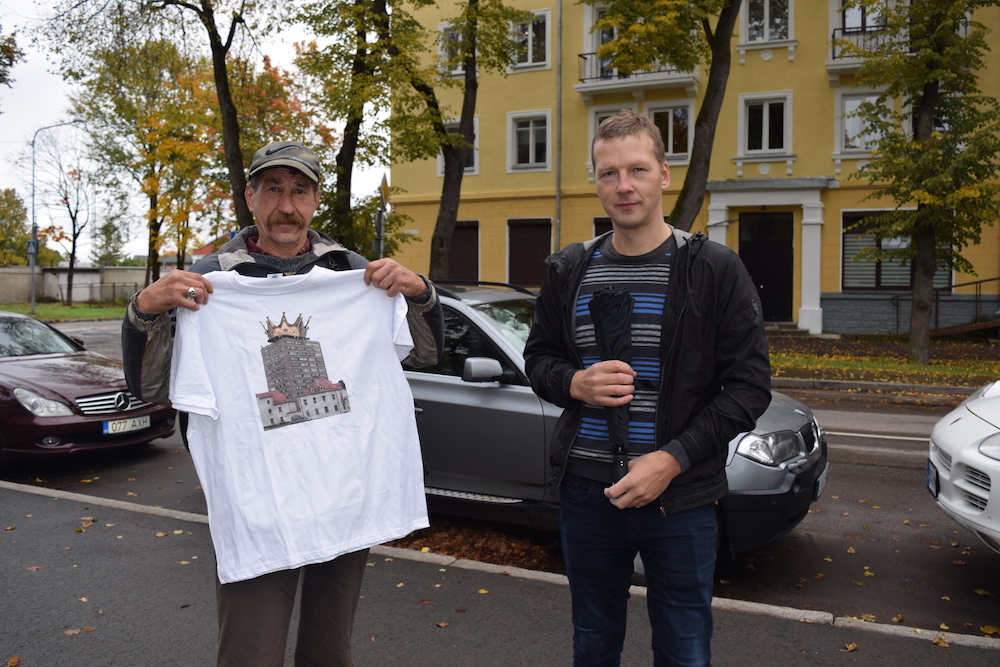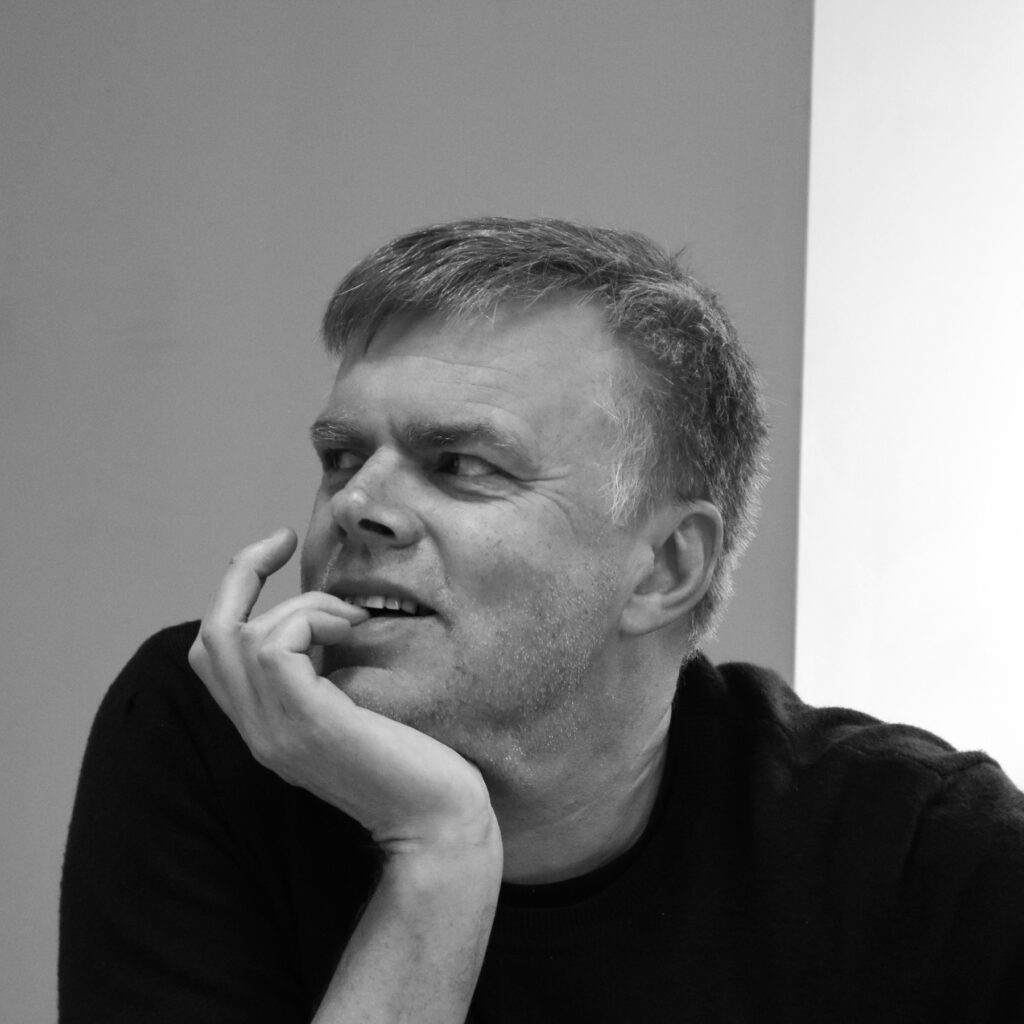Distinctive places such as a modest park in Kreenholm district can connect the community by approaching citizens in their own way and encouraging the search for a common ground.
At the beginning of last October, a group of 40 students and teachers with geography, planning and design background from Turku University, Riga University and the Estonian University of Life Sciences in Tartu conducted an urban design workshop in Narva funded by the NORDPLUS program. The group represented fourteen different nations with various expertise and knowledge. We would not be wrong, if we claimed that we went on a journey across Narva. When we came to Narva we knew, we were gone for good, but our goal was to leave some traces…

Initially, our group attempted to find creative solutions for city development processes by working in cooperation with the municipality of Narva. We focused on the approaches to tackle Narva from different perspectives, such as community planning, the urban environment and public spaces. During the course, analytical methods of urban spaces, such as the old town of Narva vs. its periphery as well as urban design motives and their argumentation were employed.
The main task for student groups was to produce development proposals for Narva and its distinctive places by understanding Narva both as a regional centre and a complex urban structure. Thus, lecturers and students needed to ‘dive’ into Narva – as Jonas Büchel, a co-founder of Riga’s Urban Institute puts it – by cognitive mapping, photography and filming, by using existing materials and information gathered by interviews, presentations and discussions and also by analysing media information. Key places for city development strategies were identified and the findings presented to the municipality. Finally, we organized a public participatory event to let the citizens of Narva know things that they perhaps had not heard yet.
When preparing for the workshop, I took one of the three daily buses from Tartu to Narva, finding myself sitting with only two other people on it… So, at the start, we claimed that the cultural difference from other parts of Estonia is a considerable burden for Narva and that outside events, such as urbanist expertise or contemporary theatre might only smooth things. Thus, our next aim was to read Narva as a palimpsest where the various historic layers of development can never be erased and form the present identity of Narva as a landscape built by a layer on layer on layer with every layer leaving sediments into the next one.
Of course, this landscape approach made us recognise Narva as a political landscape, as a border-crossing landscape and as a transfer-of-goods landscape, as well as a city of historic changes and wars. However, on this journey, we initially underestimated the tension between Narva as a community hosting distinctive local places and Narva as a community at the edge of the European community. If there is a question of a specific European identity or way of life and where to look for it, then such kind of European identity is realised when considered at its edges or its most remote situations. I believe that these are the places where both the retreat from global movements and trends are lived up as much as the complete devotion to them, which creates the necessary friction for a discourse on our communities. An almost neglected neighbourhood park can provide a trigger for such an understanding, and on our last day, we went to the place where the final destination of our journey unfolded.
During the preparation of the public participatory event we found that it only takes a short walk over a steel pedestrian bridge to take one to the heart of ‘Narvanian’ identity: a park that everyone in its vicinity knows and has personal stories with its facilities, while for some it might only serve as a short-cut. In immediate need of maintenance and development, this park in the district of Kreenholm breaks through the afore-mentioned recognized urban layers in one situation and joins them with the potential for binding the neighbourhood pride. It forms a ‘shashlik-stick’ to connect the scales of a developing European identity with the local identity feeding itself from diverse cultural sources and upbringings as well as linking historical layers.
Citizens of Narva do not glorify their recent industrial past or wait for financial investments, what we found was local pride, which is one of the key ingredients to develop a city, town or village and the basis for creating social sustainability. When we ended our journey through Narva, we finally discovered a high level of public awareness towards their own city by confronting the citizens with their everyday landscape as we presented it to them as foreigners.
We communicated these findings to the municipality of Narva, represented by city architect Ivan Sergejev and we thank Narva municipality with the request to take their people seriously. When looking at Narva, planners seem to forget that there is a common landscape, which of course includes the bigger political and cultural picture but which primarily asks for an understanding of its identity, its yearning, its pains or its beliefs etc. I, my colleagues and our students perceived Narva as this landscape in the making.

FRIEDRICH KUHLMANN researches and teaches Landscape Architecture at the University of Life Sciences in Tartu.
Above: The park in Kreenholm as a focus of developing public awareness. Photo Friedrich Kuhlmann.
Article is published in Maja’s 2018 winter edition (No 92).





